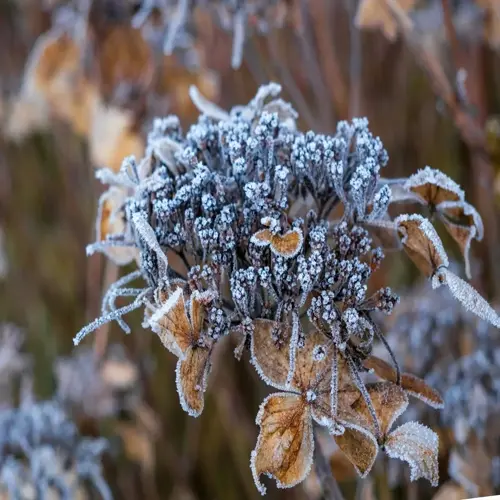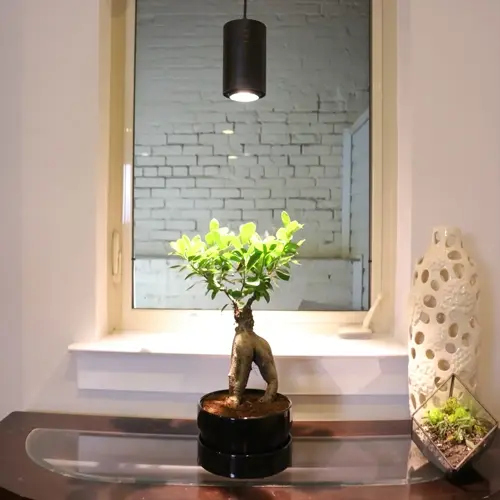What are signs of improper lighting conditions?

Written by
Olivia Mitchell
Reviewed by
Prof. Samuel Fitzgerald, Ph.D.Plants typically exhibit visual symptoms of lighting problems when the conditions are not ideal. Leggy growth with long stems indicates low light intensity. Leaf crispness suggests that the leaf edges are burnt from excessive exposure. Pale colors indicate deficiencies in the light spectrum, and the absence of growth is an indicator of erratic photoperiods.
Growth Pattern Signals
- Leggy stems: Light starvation (increase intensity 30-50%)
- One-sided growth: Directional imbalance (add reflectors)
- No new leaves: Critical deficiency (measure PPFD immediately)
- Failed flowering: Photoperiod disruption (set timers)
Leaf Damage Indicators
- Crispy edges: Heat stress (raise lights 4-6 inches)
- Yellow patches: Photobleaching (reduce duration 2-4 hours)
- Upward curling: Infrared overload (add heat sinks)
- Translucent spots: UV damage (install diffusers)
Once you detect a symptom, implement corrective actions right away, for leggy growth, increase light intensity by 30-50% or reduce 4 inches of space. For leaf scorch, put diffusers and raise fixtures 6 inches. For colors, use full-spectrum LED lights instead of red-blue ones. For automated schedules, get sunrise-simulating timers.
Accomplish weekly plant inspections to catch early warning signs. Evaluate stem density from new vs old growth. Validate undersides for stress indicators. Report changes with growth journals. Monthly measures in PPFD levels at canopy height. They are great preventative measures for minor issues from becoming serious issues.
Plants exhibit varied recovery patterns in response to changes in lighting. Foliage plants produced darker new foliage during the initial 14 days. Succulents regained irregular, compact forms in 3 weeks. Flowering plants found buds when photoperiods stabilize. Use measurements, including internode spacing reduction, to monitor progress.
Read the full article: Indoor Plant Lighting Essentials Explained

